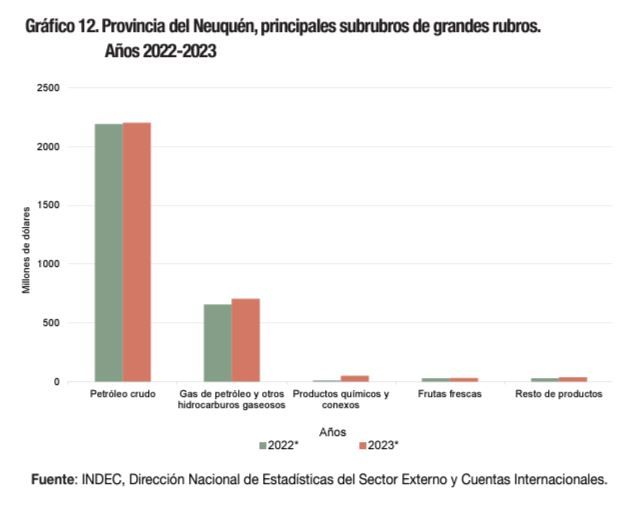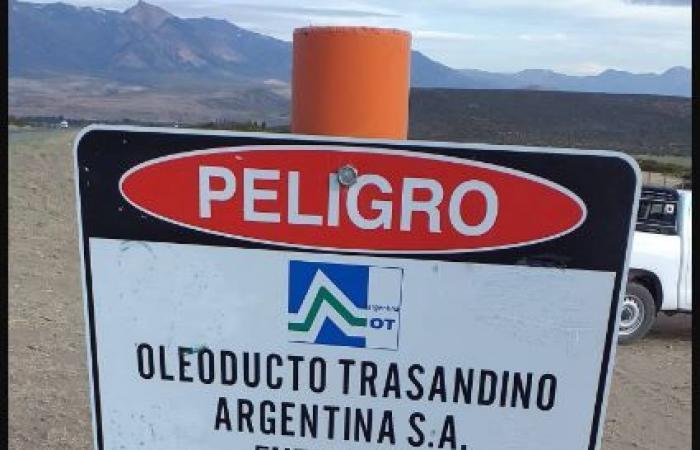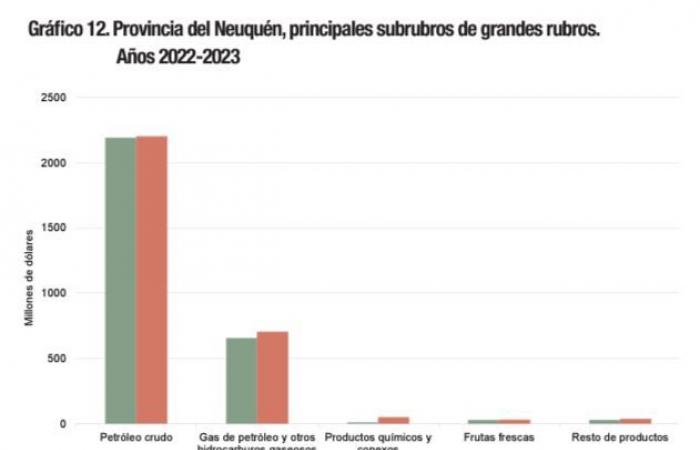Another Humid Pampa without climate risk. That was the carrot that the then national deputy Rolando Figueroa brandished when he tried to convince politicians in the center of the country of the value of incentives for the export of liquefied natural gas.
He achieved it, at least in the Deputies, pBut since the national senators of Neuquén were busy, the issue did not become law during the government of Alberto Fernández.
This is the project to build an LNG export terminal that they devised YPF and the Malaysian Petronas that would allow the country to generate 20,000 million of exports in the coming years, with the consequent positive balance in the balance of payments. “It is another humid pampa without climatic risk,” he remarked.
Later, the crude oil export port was added, whose construction iYPF was founded and will require an injection of financing to reachar with the new pipeline to Punta Colorada, Río Negro.
Without these two viaducts, Vaca Muerta’s exports only reach 6.5% of what the three provinces of the Pampa Húmeda sell: Buenos Aires, Santa Fe and Córdoba.
Until December of last year, the three major product exporting provinces primaries had sold about 46 billion dollars, against the little more than 3 thousand that Neuqu soldin.

Of course it was a province that, after the mining companies par excellence, registered an increase in external sales. Read the launch of the trans-Andean oil pipeline in May of last year.
The national discussion on the topic “state policy” (for some it is to stop collecting taxes and for others it is to cut the discretion of the private sector to take dollars abroad) changed from a specific law for LNG to the Large Investment Incentive Regime, RIGI.
The interest of the Neuquén government remains intact although it is no longer restrictive as to whether the export port is Bahía Blanca, but rather the line to Punta Colorada can be used.
The economic potential of Vaca Muerta is uncertain to sizealthough there are certain numbers that allow a closer approach.
According to a report by INDEC, published in March, in three years Neuquén’s exports grew 623.4%, going from 418 million dollars exported in 2020 to 3,024 million in 2023 (about 2,606 million more).
In context: The province of Buenos Aires, next to Santa Fe and Córdoba, cThey accounted for 69% of national exports in the year, although with a strong predominance from Buenos Aires (39.4% of the total). Much further behind were Patagonian provinces such as Neuquén, Chubut and Santa Fe, which have participation levels between 3.2% and 4.5% of the national total, according to a Politikon report.
Seven go up and 17 go down
In relation to performance, only seven districts recorded increases in their exports: Catamarca led with an increase of 37.5% driven by chemical and related products and fats and oils; Jujuy follows with +21.4% (driven by chemical and related products and by metalliferous minerals, slag and ash) and The podium is completed by La Rioja with +6.5% (mainly due to an increase in fats and oils).
Of these three provinces, only one has a level of participation in the national total greater than 1%, which is Jujuy.
On the other hand, other provinces with a greater export volume also showed relative increases: Chubut, which accounts for 4% of the national total, showed a growth of 4.9% in its exports, driven mainly by common metals and their manufactures; Neuquén, which accounts for 4.5% of the total country, had an increase of 3.8% which is sustained in crude oil, petroleum gas, and chemicals.
On the contrarythere are seventeen provinces that showed decreases in 2023: The slightest was seen in San Juan (-0.2%), but the highest were in Chaco, Entre Ríos, Santiago del Estero and Formosa, where the drop exceeded forty points. In the Chaco, the decline was supported by the falls of cereals, seeds and oleaginous fruits and cotton fibers; in Entre Ríos in the decreases in cereals, meats and seeds and oilseed fruits; in Santiago del Estero in cereals and oilseed seeds and fruits; and in Formosa in cereals and cotton fibers.
As mentioned, the province of Neuquén exported 3,024 million dollars during 2023. It registered an increase of 3.8% compared to 2022. Only Crude oil – the province’s largest export item – registered an increase of 0.5%. Together with gas, they together reached 96.2% of provincial exports
Neuquén and its external performance
The province of Neuquén exported 3,024 million dollars during 2023.
Registered a increase of 3.8% compared to 2022 mainly due to the increase in external sales of petroleum gas and other gaseous hydrocarbons, which grew 7.3% in the interannual period.
For its part, Crude oil – the province’s largest export item – registered an increase of 0.5%.
Both items together reached 96.2% of provincial exports and totaled 2,908 million dollars during the periodaccording to the INDEC report.
In Neuquén, the positive contribution of organic chemical products was also highlighted, which with a growth of 433.3% in the interannual period, reached 1.6% participation in provincial shipments abroad, together with the fresh fruits sub-item -mmostly pears, stone fruits and apples– which, for its part, reached 1.0% of the province’s external sales thanks to the 14.8% increase registered in 2023.
Latin American countries were the main destination for Neuquén exports (43.1%), due to the purchases from Chile, which accumulated 36.2% of the provincial total; They were followed (with 99.4% of shipments to the bloc concentrated in the United States) and Mercosur, with 20.5%; The European Union, the Middle East, Southeast Asia (Thailand, Indonesia, Malaysia, Singapore and the Philippines), and China, which had lower percentages, continue in importance.









